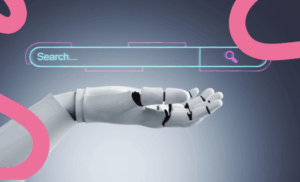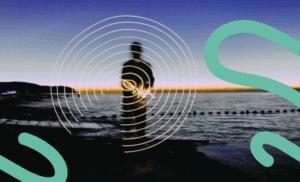It already sounds like prehistory to talk about the pandemic and how it changed the way we work and relate to each other. But it really marked a before and after that still affects us today. That era was marked by digitalization and how it transformed the way brands connected with their audiences. For a long time, virtual events and online experiences dominated the landscape.
Although the trend has continued, things are recently starting to change: brands are once again betting on physical events. Why this return to in-person? How are physical and digital being combined to maximize impact? Let’s break it down.
The live experience is back: the in-person experience still matters
Physical events are experiencing a renaissance, and it’s no coincidence. Brands have understood that human connection, face-to-face interaction and experiences are irreplaceable. In recent times, certain factors have come into play that explain the phenomenon of the return to “face-to-face”:
- Digital fatigue. After years of webinars and virtual meetings, people are tired of the online format. Physical events offer a richer and more engaging experience.
- Memorable experiences. A live event can generate unique and tangible moments, from brand activations to sensory experiences that remain engraved in the attendee’s memory.
- Increased engagement. Recent studies show that attendees at physical events remember brands better and are more likely to interact with them.
But not only that. I would highlight, above all, the value of networking that goes beyond the screen. Although virtual events have made it possible to globalize access to content and speakers, human connection continues to be a fundamental pillar in any public relations and marketing strategy.
- Genuine relationships. In-person contact builds trust and allows for deeper and more fluid conversations than digital exchanges.
- Business opportunities. Face-to-face networking is still king for closing deals, strengthening alliances and generating new business opportunities.
- Shared experiences. From corporate events to brand festivals, participation in group activities strengthens the relationship between attendees and companies.
What about press conferences?
Press conferences have been the cornerstone of public relations for decades, but with the advent of digital content and social media, their relevance has been questioned. However, in the context of the resurgence of physical events, many brands and organizations are betting on them again.
Are they worth anything? It depends on how they are approached. A traditional press conference, with a spokesperson behind a lectern reading a statement, is a tired format. But when they become dynamic events, with live demonstrations, exclusive access to key executives or even interactive experiences, they are still a powerful tool.
Are press conferences making a comeback? Yes, but in a reinvented way. They are now seen more in hybrid format (face-to-face + streaming), with interaction on social networks, more agile question sessions and content designed to be shared.
When and when not to organize a press conference
Yes, yes…
- You have a really relevant news for the media.
- Exclusive access to information or key spokespersons is offered.
- It is accompanied by an experience that makes the event memorable.
No, yes…
- The news can be communicated with a simple press release.
- There is no strong hook to motivate journalists to attend.
- It is limited to being a monologue without interaction.
In short, press conferences are still a valid tool, but they need to evolve and adapt to the new communication ecosystem.
Hybrid strategies: the best of both worlds
While physical events are back with a vengeance, this does not mean that digital is relegated to the sidelines. In fact, the combination of face-to-face and virtual formats is key to maximizing reach and engagement, as they serve to deliver:
- Live streaming and on-demand content. To reach a global audience, many brands are incorporating streaming and recorded content that can be consumed after the event.
- Digital interactivity. Tools such as apps, live surveys and augmented reality allow integrating the digital into the physical experience.
- Extent of the conversation. Social media, hashtags and post-event engagement platforms help the experience continue beyond the event itself.
In short, experiential marketing is more alive than ever. The key for brands is not to choose between physical and digital, but to combine them intelligently to deliver memorable experiences, generate real connections and amplify their impact.
Is your brand ready to take advantage of this trend? It’s time to connect with your audience in a more authentic and effective way.










